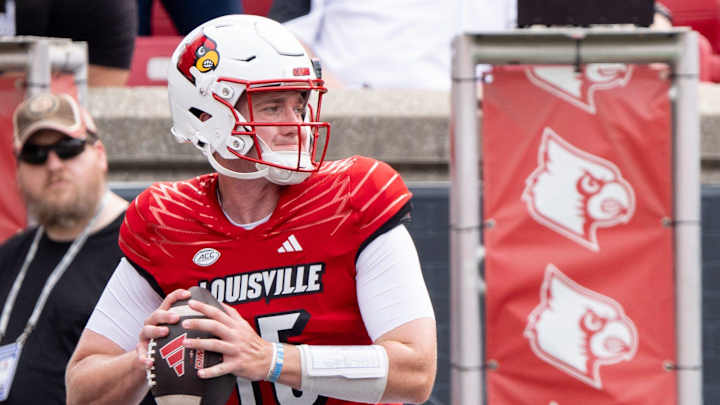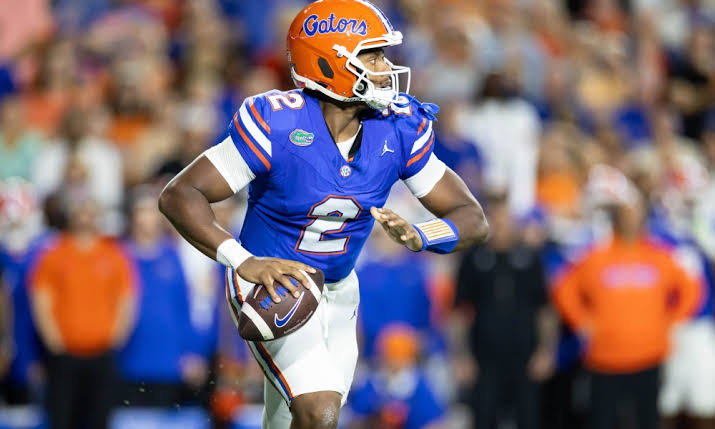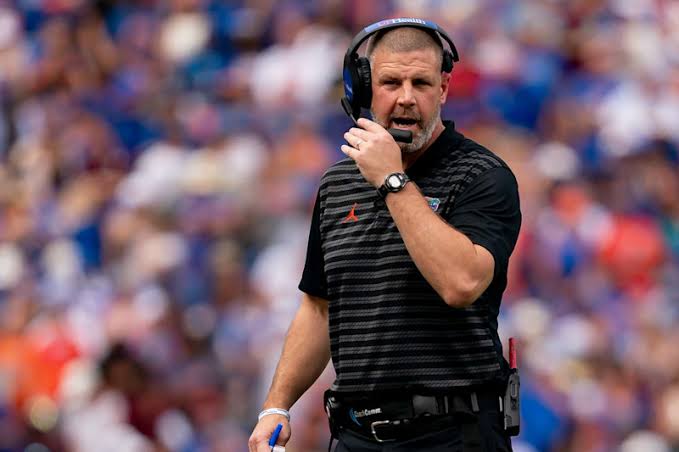The Florida Gators earned a significant win over North Carolina on Tuesday, yet in an unexpected turn, they dropped a
spot in the NCAA NET rankings, falling from sixth to seventh place despite maintaining an undefeated record.
The Gators had been comfortably at No. 5 prior to their matchup with the Tar Heels. Typically, a Quadrant 1 win would boost a team’s ranking or at least keep it steady, but in this case, Florida was left perplexed.
In a strange development, Iowa State overtook the Gators without even playing on Tuesday. This raises questions about how a team can fall after such a major win. The most likely explanation centers around differences in Quadrant 1 victories, with Iowa State having three Q1 wins that were considered valid just a day before.
Both teams have identical records in Quadrant 2 games, with no losses in Quadrants 3 or 4. So, what’s the reason for the shift?
To make sense of this ranking puzzle, we need to look at the Wins Above Bubble (WAB) metric. Iowa State leads Florida with a 6-0 record, compared to Florida’s 5-0. This metric, developed by BartTorvik.com, is similar to baseball’s WAR (Wins Above Replacement) and has been integrated into the NET rankings this season.
WAB calculation involves a complex plus-minus figure, making its application to a wins-and-losses format a bit tricky. While we can’t fully decode the formula, it certainly explains Florida’s slight drop in rankings.
It’s important to note that “rankings” might be a misleading term; the NET is essentially an evaluation tool, as indicated by its name. The selection committee has the final say in how these rankings are interpreted. Still, it’s puzzling for fans to see Florida fall after such a notable win.
As we dive deeper into the numbers, it’s worth mentioning that this season marks the seventh year of the NCAA Evaluation Tool (NET) rankings, which replaced the RPI system in 2018-19.
While the traditional Top 25 polls might capture attention, it’s the NET rankings that the NCAA Tournament selection committee uses to assign seeds in March. These rankings are organized through a quadrant system, with Quadrant 1 (Q1) wins being highly valued and Q3 and Q4 losses being significant drawbacks.
Before diving into Florida’s season, it’s essential to understand the quadrant breakdown. The location of a game plays a vital role in determining its quadrant classification, alongside the quality of the opponent. As the season progresses, the evaluation of victories may shift.
Florida’s earlier win over Florida State was a Q1 victory at the time but has since been reassigned to a Q2 win based on updated criteria.
On a more positive note, the Gators currently have two strong Q1 wins over No. 50 Arizona State and No. 37 North Carolina, both secured at neutral sites. Their only Q2 win came against Florida State (No. 76) on the road. However, their neutral-site victory over Wichita State (No. 124) has since dropped to Q3 status.
Additionally, Florida boasts wins over South Florida (No. 186), Virginia (No. 101), and Wake Forest (No. 104), maintaining a perfect 4-0 record against Q3 teams. Wake Forest’s win is on the edge of moving to Q2 territory, as it occurred at a neutral site and is just shy of the No. 100 cutoff, while Virginia ranks higher but was won at Florida’s home court.
Moreover, Florida remains undefeated against Q4 teams, with four wins at home over Florida A&M (No. 311), Grambling (No. 295), Jacksonville (No. 168), and Southern Illinois (No. 180). Although these teams have slim chances of advancing to Q3 status, the latter two are close to surpassing the No. 161 threshold.















Leave a Reply